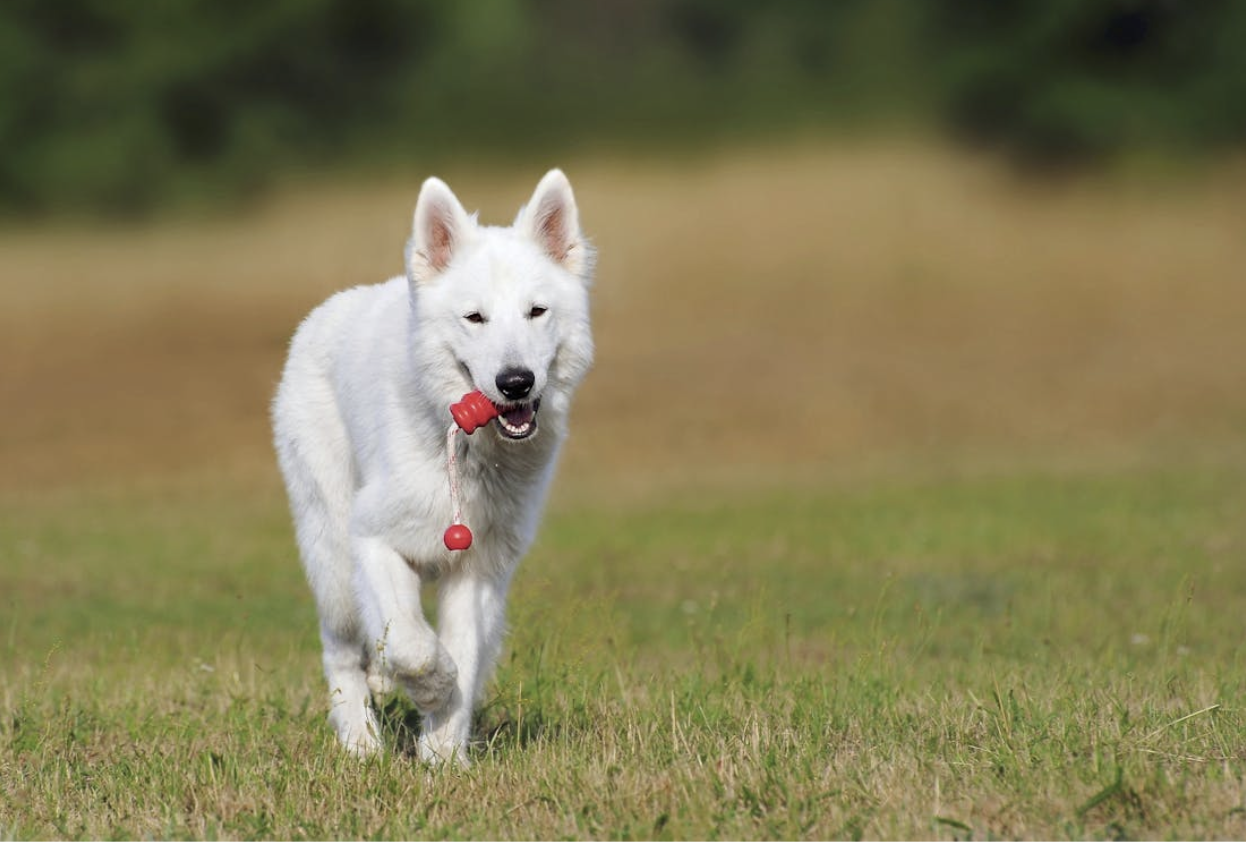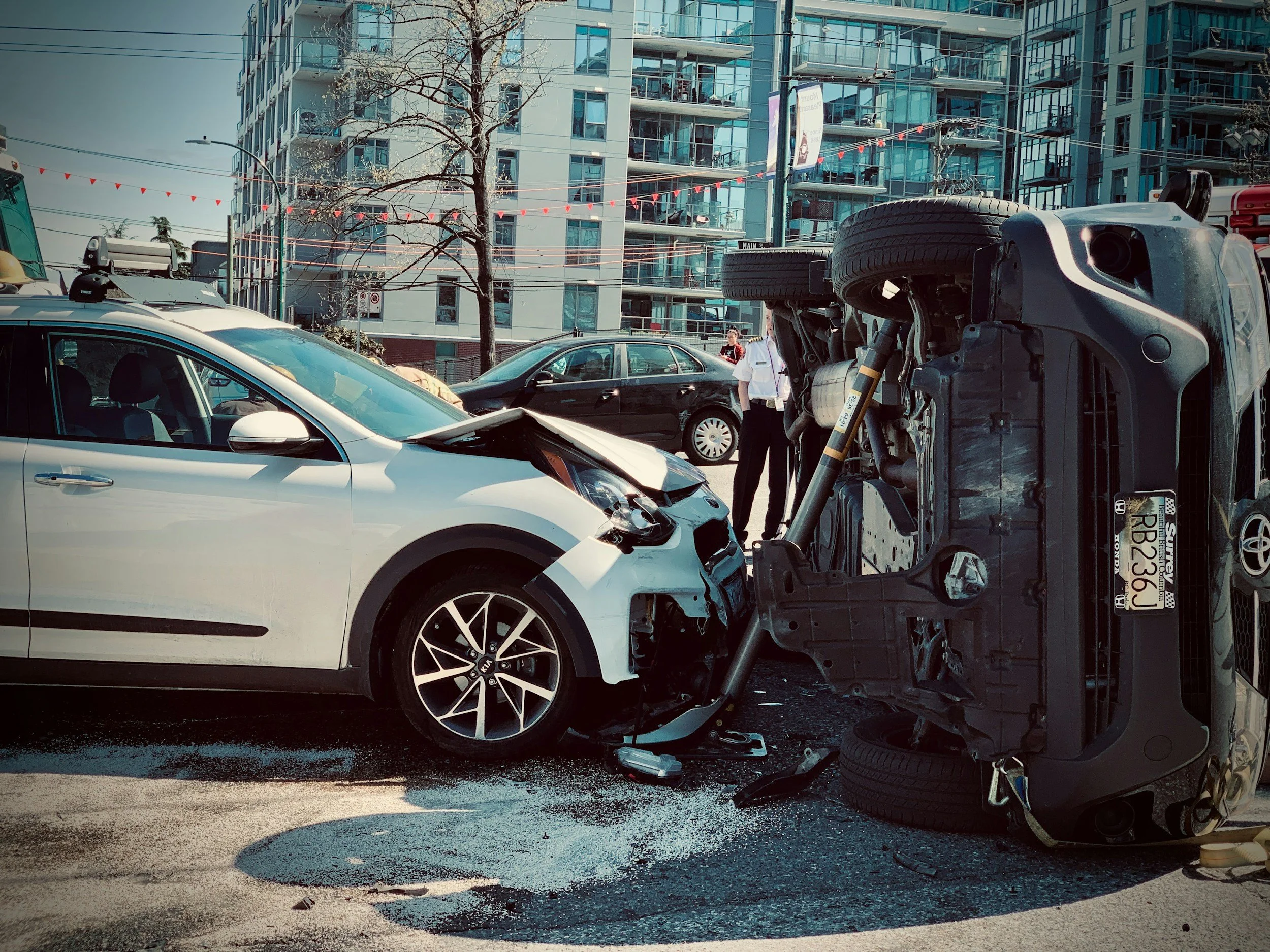Top Tips for Gathering Evidence in a Hit and Run Accident
In the unfortunate event of a hit and run accident, gathering evidence is crucial for ensuring justice and securing compensation. These incidents can be stressful and disorienting, but following a systematic approach to collecting evidence can make a significant difference in your case.
In this article, we provide you with essential tips for gathering evidence effectively after a hit and run accident.
Stay Calm and Assess the Scene
Remaining calm is crucial after an accident, especially one as distressing as a hit and run. A clear head will allow you to assess the situation and prioritise your actions.
Once you’ve ensured your safety and the safety of others involved, take a moment to observe your surroundings. Look for anything that might help identify the vehicle or driver, such as colour, make, model, or a partial registration number.
If possible, make a mental note of the direction in which the fleeing vehicle travelled. Even the smallest detail can be vital when reporting the incident to law enforcement.
Document Everything You Can
Documentation is one of the most effective ways to preserve evidence. Start by taking photographs or videos of the scene. Capture images of:
any damage to your vehicle
skid marks or debris on the road
surrounding landmarks or street signs
Pay attention to any distinguishing details of the fleeing vehicle if you recall them. If there are injuries, photograph them, too, as they can serve as evidence for any legal claims.
Writing down your recollection of events while they are fresh in your memory can also strengthen your account. Include the time, location, and sequence of events leading up to and following the accident.
Speak to Witnesses
Witness statements can play a significant role in a hit and run case. If there are bystanders or other drivers who saw the accident, ask for their names and contact details. Witnesses can provide additional perspectives, including descriptions of the vehicle or driver that you may have missed in the chaos.
Some may even be willing to record a statement on the spot. Law enforcement and insurance companies often view witness accounts as credible evidence.
Notify the Authorities
Reporting the hit and run to the police is essential, even if you don’t have much information about the other driver. Police officers can document the incident formally and might identify the offender through CCTV footage or nearby traffic cameras.
When filing the report, provide as much detail as possible. Include everything you recall about the fleeing vehicle, the incident, and any witnesses. This documentation will be critical for both your legal case and your insurance claim.
Look for CCTV or Dashcam Footage
Surveillance cameras are ubiquitous nowadays. So, check the area for CCTV cameras at nearby businesses, homes, or traffic lights. These recordings may have captured the fleeing vehicle, which can be crucial evidence for your case.
If you or other drivers involved in the accident use dashcams, review the footage immediately. Dashcams often capture details that witnesses or victims may miss during the stress of the situation.
Seek Legal Advice
Hit and run cases can be legally complex, so consulting a solicitor experienced in road traffic accidents is often a wise step. They can guide you on how to proceed with the evidence you’ve collected and help you understand your rights.
Your solicitor may also liaise with law enforcement or insurance companies on your behalf, reducing the stress of navigating the process alone.
Conclusion
Gathering evidence after a hit and run accident is a critical step in ensuring justice and securing compensation. Following the tip outlined above, you can strengthen your case and increase the likelihood of identifying the responsible party.
Immediate actions, physical evidence, medical documentation, witness statements, surveillance footage, reporting to authorities, and seeking legal advice are all essential components of a thorough evidence-gathering process.






